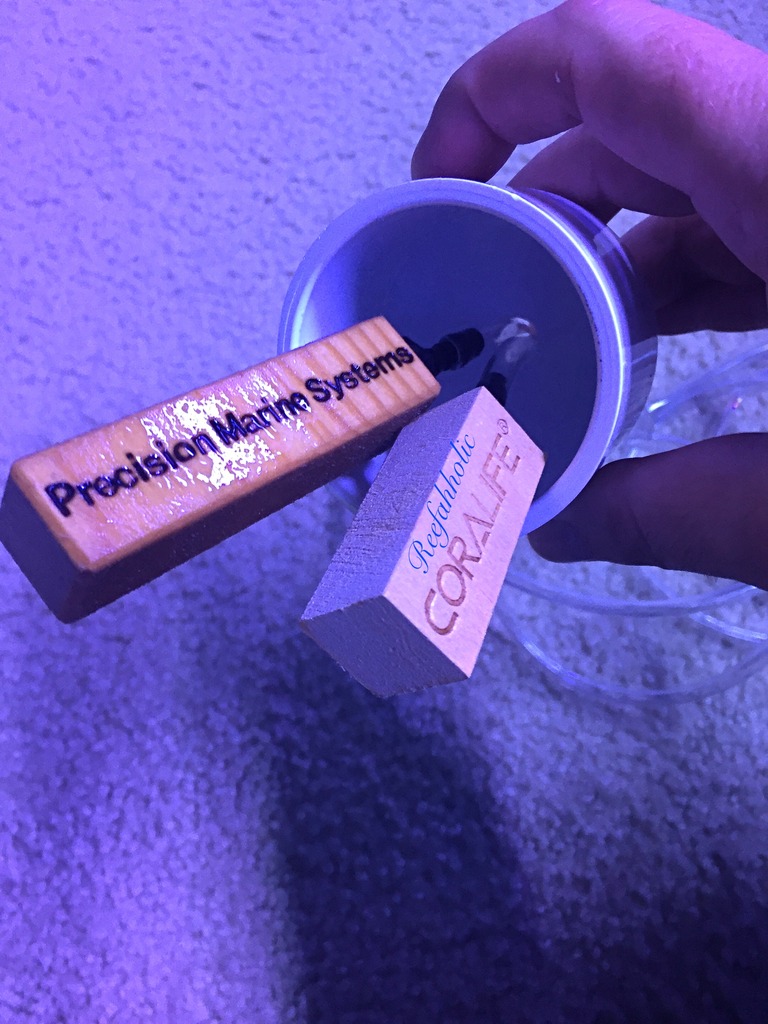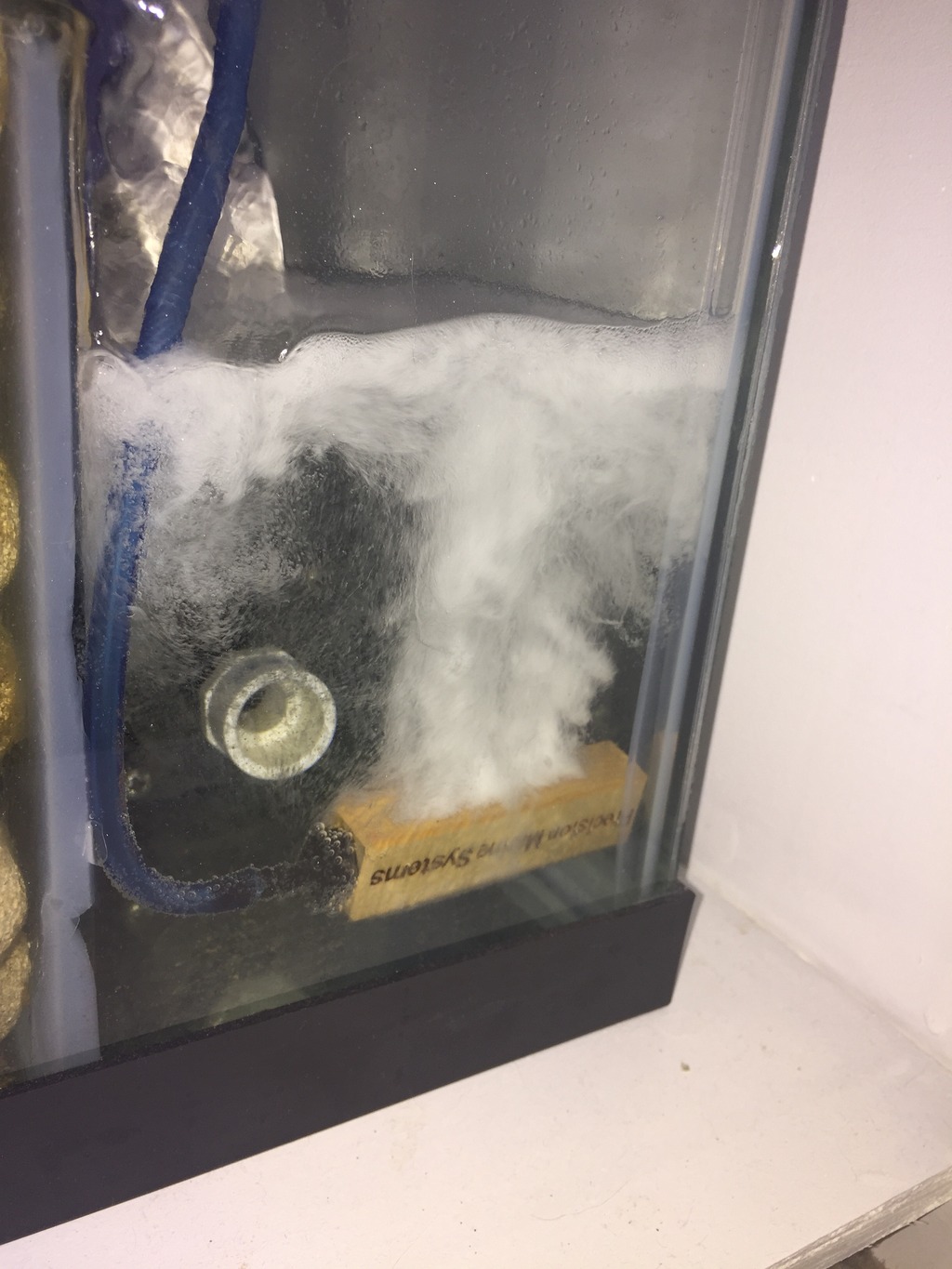Well, I've tested multiple air stones. Tested the Venturi method at both High and Low pressures. Here's my short term observations.
All methods seem to work about the same until you add more stones or entrain more air. I'm personally liking less bubbles and only one small lime wood stone on the bottom away from the return pump. As far as what seems to work better, it's too early for me to comment on that. I will say that the corals and fish haven't been affected negatively either way. Corals appear to be responding the same to a small amount of bubbles or a large amount of bubbles. All the methods seem to produce the tiny micro bubbles that stay suspended in the water column for hours "with the flow on." With all flow off, they eventually make there way to the surface and pop. Of course...that's what bubbles do. The last question in my mind is what are the long-term affects of both a minimal amount of bubbles and a larger amount of bubbles floating in the water column. Minimal haze vs maximal haze I guess you could say. Will the maximal haze achieve better results that appear quicker or is it just a waste of time? The issue I've ran into with more haze or maximal bubble output is the amount popping on the surface. I believe this is due to my loc-line being at the surface. Both smaller and larger bubbles pop if the amount is increased or with more air entrainment. Another thought going through my mind is what if we had a return pump inside the tank like the one that EC was using on the sandbed with a 90 degree elbow forcing bubbles horizontally across the tank at that lower level? Would this allow for more output or haze with less bubbles making it to the surface? Would this technique speed up results and be more affective? I guess that's a project/ debate for another day.










All methods seem to work about the same until you add more stones or entrain more air. I'm personally liking less bubbles and only one small lime wood stone on the bottom away from the return pump. As far as what seems to work better, it's too early for me to comment on that. I will say that the corals and fish haven't been affected negatively either way. Corals appear to be responding the same to a small amount of bubbles or a large amount of bubbles. All the methods seem to produce the tiny micro bubbles that stay suspended in the water column for hours "with the flow on." With all flow off, they eventually make there way to the surface and pop. Of course...that's what bubbles do. The last question in my mind is what are the long-term affects of both a minimal amount of bubbles and a larger amount of bubbles floating in the water column. Minimal haze vs maximal haze I guess you could say. Will the maximal haze achieve better results that appear quicker or is it just a waste of time? The issue I've ran into with more haze or maximal bubble output is the amount popping on the surface. I believe this is due to my loc-line being at the surface. Both smaller and larger bubbles pop if the amount is increased or with more air entrainment. Another thought going through my mind is what if we had a return pump inside the tank like the one that EC was using on the sandbed with a 90 degree elbow forcing bubbles horizontally across the tank at that lower level? Would this allow for more output or haze with less bubbles making it to the surface? Would this technique speed up results and be more affective? I guess that's a project/ debate for another day.




























